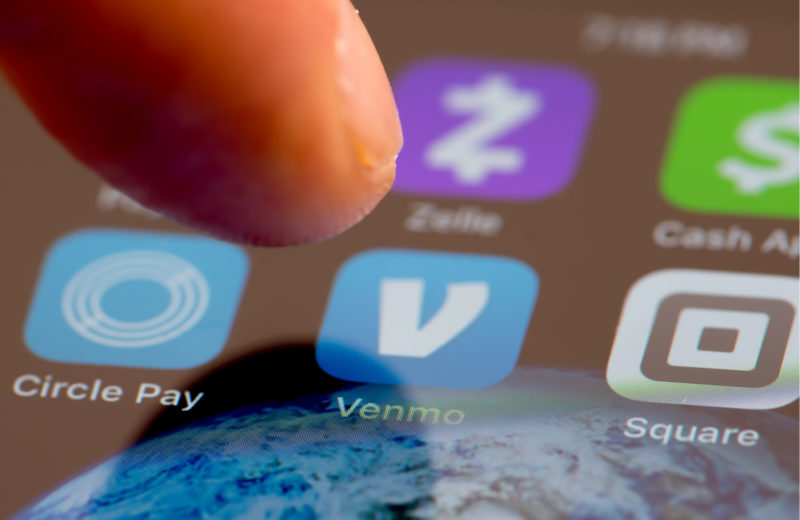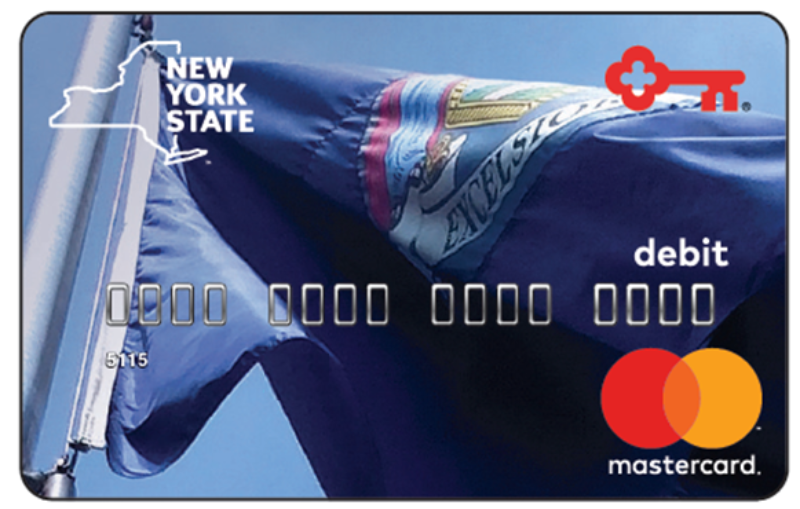Venmo, The Public Version

As Vice reports, New York lawmakers want to create a “public Venmo.” Venmo, which is owned by PayPal, allows users to make person-to-person payments. Under the proposal, New York State would build and operate its own Venmo-like payments platform.
What problems would a public Venmo solve? In his original proposal, law professor Robert Hockett mentions a number of shortcomings of existing payments systems:
-privately-run payments systems exclude too many people
-they extract too much in the way of fees
-the present-day “Babel” of payment services and protocols is “chaotic” and “barely interoperable”
-this causes delays, preventing real-time payments, long the “holy grail” to commerce.
Echoing Hockett, Vice cites survey data from the Federal Deposit Insurance Corporation (FDIC) showing that 8% of New Yorkers were unbanked in 2015. A free option for paying for goods and services and transferring money directly could “fundamentally reshape New York into a fairer, healthier, wealthier, and more inclusive place for all,” according to New York State Assemblymember Ron Kim.
Hockett’s solution is to create a publicly-owned ‘Inclusive Value Ledger’ or IVL. Available to all New York citizens and businesses, the IVL would consist of a network of online wallets that could be credited and debited through New York State’s ‘master account.’ Users would be able to receive tax rebates and benefits into their wallet or pay taxes and fines to the state, all in real-time. They would also be able to make payments between other IVL users, say like settling up a restaurant bill. All payments would be free.
I think this proposal is well-meaning.
But do we really need it? I’d suggest that we need only a few small adjustments to the existing system to make it more inclusive, not a revolution.
The U.S. has a large population of unbanked. Many Americans don’t trust banks. Alternatively, they may not have enough money to justify opening an account or they have worries about high account fees, especially overdraft fees.
But this doesn’t require building an IVL. Banks, non-financial companies like Walmart, and governments have already come up with a highly effective financial tool for connecting the unbanked to the payments system: the general-purpose reloadable (GPR) prepaid debit card.
For those without a bank account but in need of payments services, Walmart’s MoneyCard is one of the most popular options. Walmart runs the MoneyCard prepaid debit card program in partnership with Green Dot Bank, one of the U.S.’s largest issuers of prepaid cards.
The MoneyCard provides free access to the payments system. As long as a low-income family earning about $20,000 per year deposits all of its salary and government benefit payments onto a MoneyCard, it will be able to avoid Walmart’s monthly maintenance fees. It can be used at no cost to 1) buy goods and services wherever Visa or MasterCard are accepted; 2) pay bills, 3) withdraw cash from Walmart ATMs, and 4) make real-time person-to-person payments to anyone with a Green Dot-issued prepaid card.
Walmart thus fixes many of Hockett’s list of deficiencies about the financial system. The MoneyCard actively tries to include folks who don’t have bank accounts. It doesn’t gouge people who can’t afford to pay fees. And it even provides a real-time person-to-person payments option. The unbanked have more companies to choose from than Walmart. Green Dot Bank itself is also a major prepaid issuer, as are Krogers, MyVanilla, Netspend, and American Express Bluebird.
Privately-issued prepaid cards are not the only solution. New York State issues two types of GPR prepaid debit cards: the New York Child Support (NYSC) debit card and a New York State Department of Labor (NYSDOL) debit card. Anyone who receives state child support payments or unemployment insurance qualifies to get one.
Like Walmart’s MoneyCard, these two state-provided cards provide a number of free payment services including purchases of goods and services at all shops that accept credit cards, bill payments, and ATM withdrawals at participating banks. Neither card charges a monthly maintenance fee.

New York State also issues an electronic benefits transfer (EBT) card to low-income families on the Supplemental Nutrition Assistance Program (SNAP) or cash assistance program. Although not as useful as a NYSC or NYSDOL debit card (EBT cards can’t be used to purchase alcohol or cigarettes) they can be used for free at participating retailers. Cash benefit recipients are allowed to make two no-fee ATM withdrawals each month.
So the payments needs of many of New York’s most vulnerable are already being met by the existing network of prepaid debit cards issued by both companies and governments. An IVL seems like an expensive reduplication of effort and resources.
In his proposal, Hockett makes a good point about interoperability. To make the prepaid card economy function as smoothly as possible, people using different cards need to be able to make payments between each other. So Tom, who has a Walmart MoneyCard, should be able to directly transfer $100 to his friend Mary, who owns a NYSC debit card. Unfortunately, Tom and Mary’s person-to-person transaction isn’t currently supported. (Green Dot card owners can send to other card owners, but only if they use Green Dot cards.)
Luckily, the MasterCard and Visa card networks already offer the technology for making instant debit card-to-debit card payments. Zelle, a person-to-person payments network that went into operation in 2017, is a good example of this technology being put into use. Zelle piggybacks off of the Visa and MasterCard card networks to allow debit card owners like Tom to make instant payments to other debit card owners like Mary, for free.
Unfortunately, only a few prepaid debit cards currently offer card-to-card payments. The Chase Liquid prepaid card, for instance, has been configured to use Zelle. But there is no technical reason that banks and other issuers can’t choose to enable their prepaid card schemes to make real-time person-to-person payments. It’s just a flip of the switch.
Rather than campaigning for an entirely new payments system, let’s convince Walmart and the State of New York to do one small thing. Let’s get them to turn on real-time card-to-card payments. Then excluded New Yorkers will finally have a truly inclusive, free, real-time payments system.












